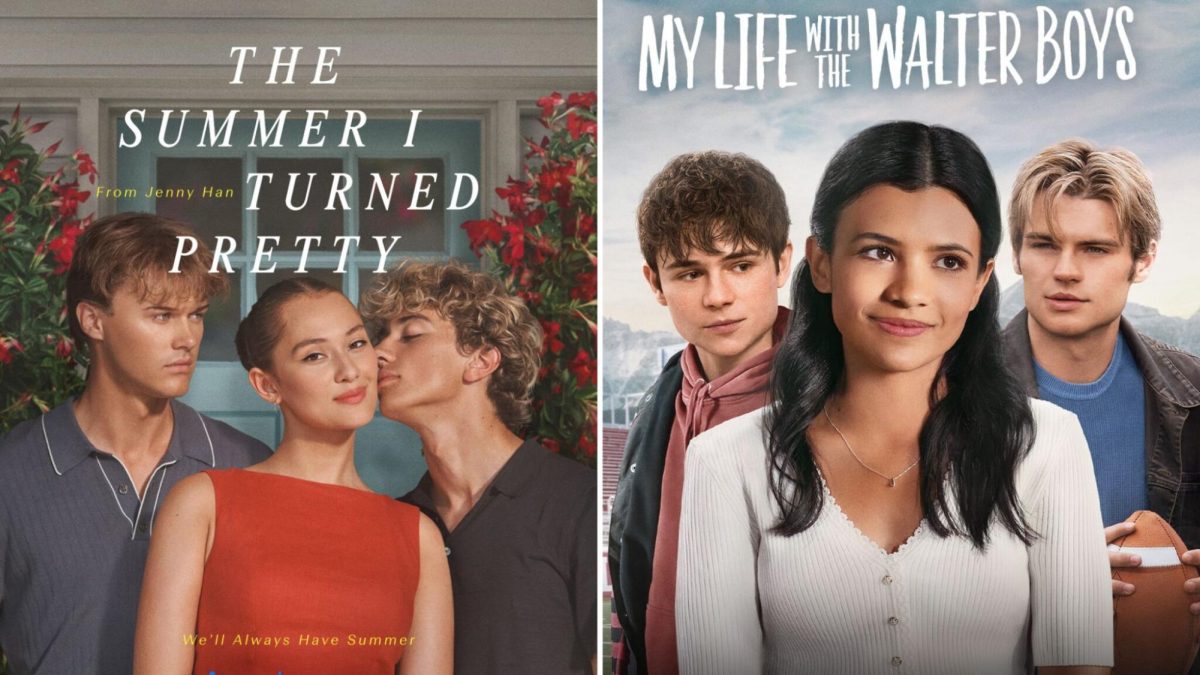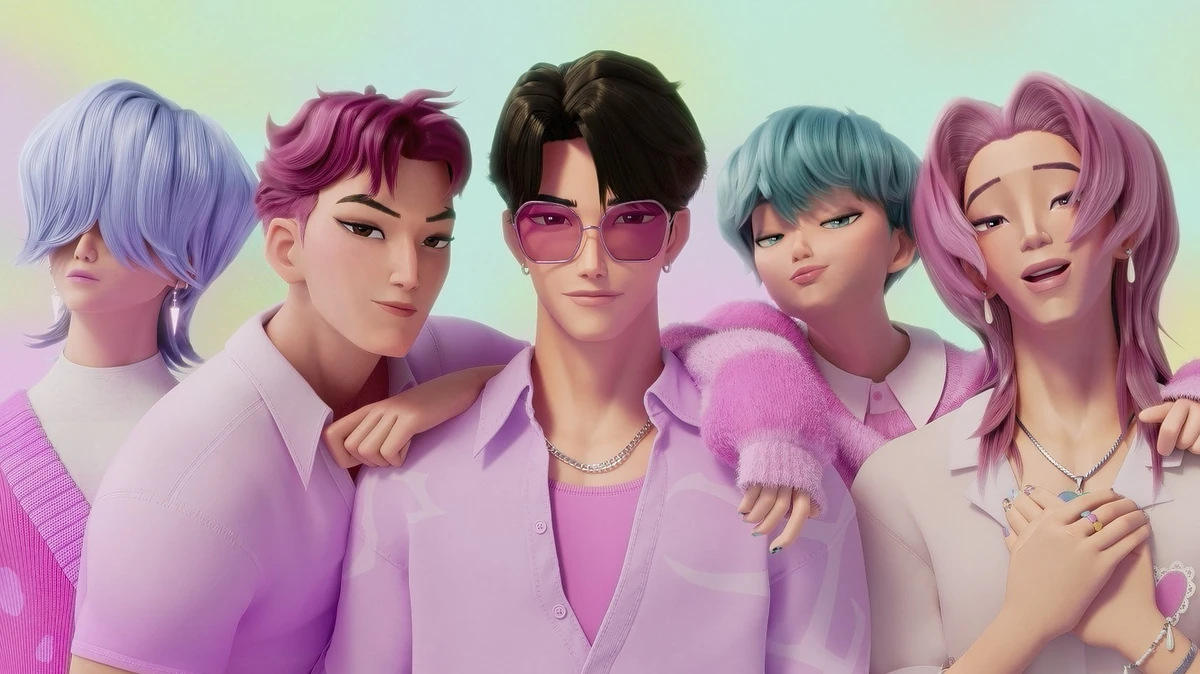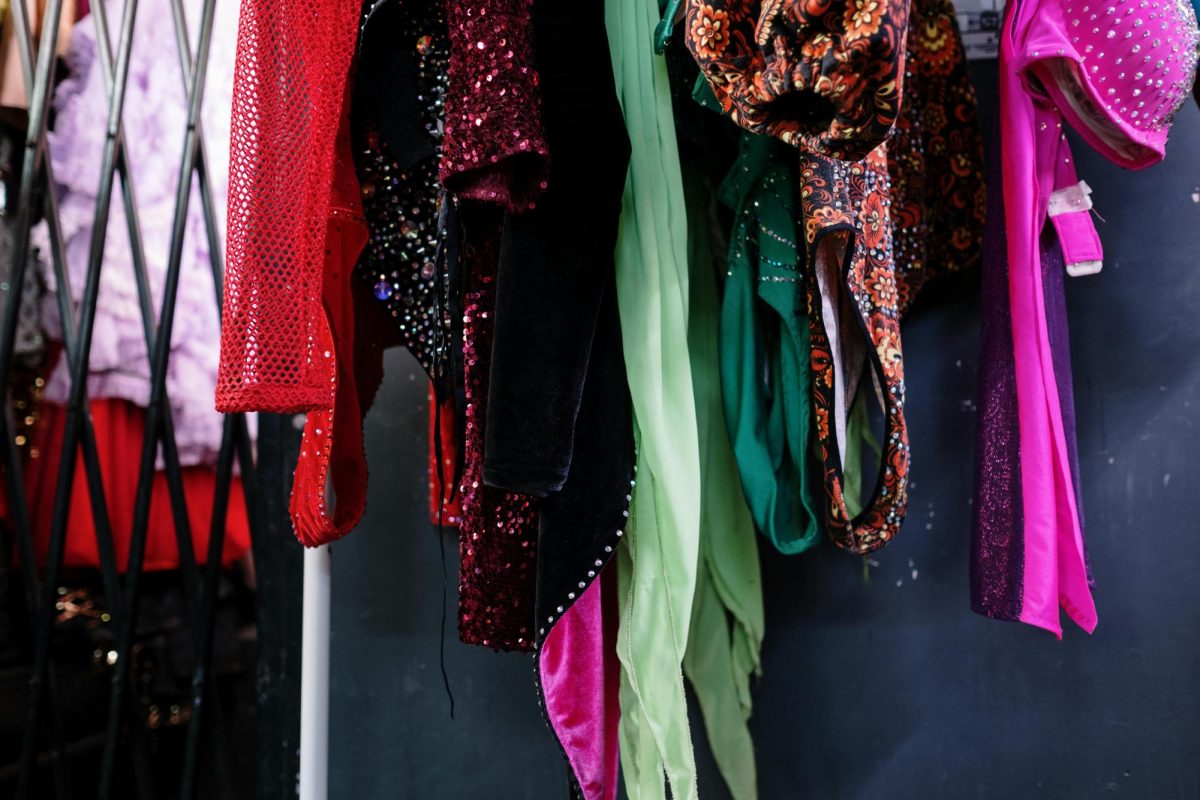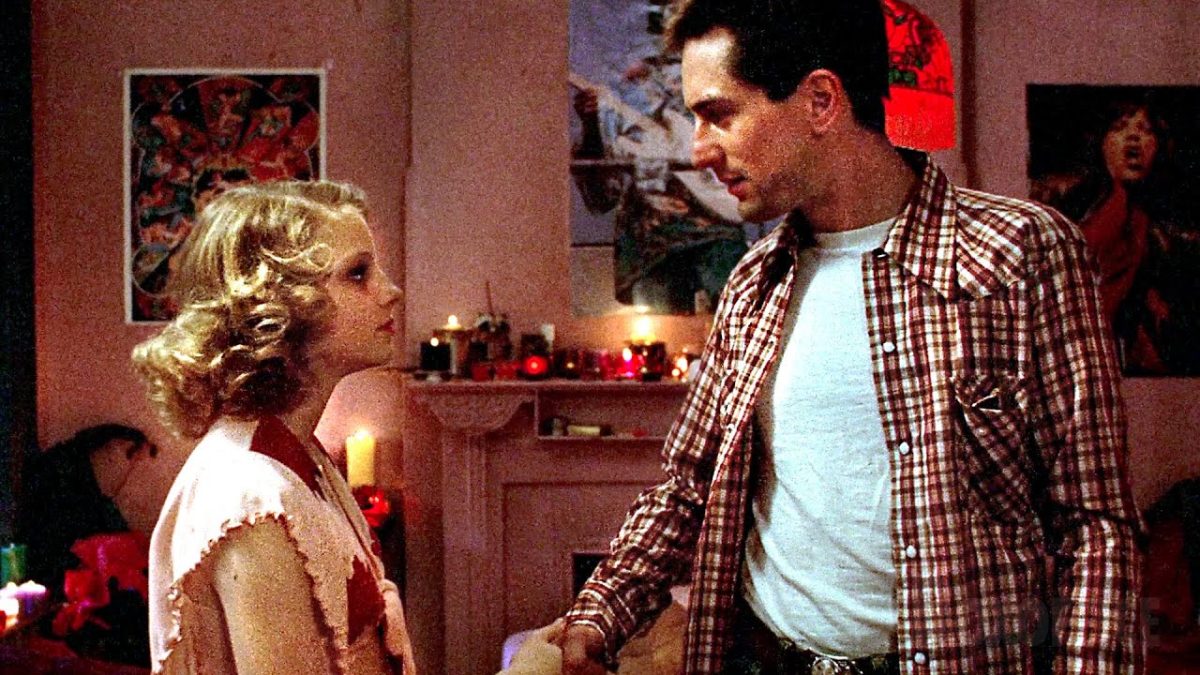“Top Gun: Maverick” and “Mean Girls 2” — both sequels to extremely successful movies, but what sets them apart from each other? When done right, successful sequels can boost their respective franchises, offering old fans new content and acquiring new fans along the way. However, more often than not, the sequel is done poorly and rarely contains the original actors or any substance, leading to upset fans.
This phenomenon raises the question — why can’t Hollywood let go of popular franchises? Premiering in 2004, “Mean Girls” was extremely successful, remaining a classic movie to this day. However, the sequel, “Mean Girls 2,” contained none of the original actors or characters. The film lacked the primary message from the original and failed to introduce any new themes that the audience could relate to.
In the original, protagonist Cady Heron fits the cliche of “I’m not like other girls,” which is plausible in the context of the movie as she has just started high school after living in Africa for her entire life. In the sequel, protagonist Jo Mitchell is forced into the same trope — however, unlike Heron’s unique backstory, Mitchell’s characterization failed to execute this trope properly.
Fans saw this as exploiting the name and plot of an already popular franchise in order to attract viewers, without having to creatively produce a new movie or market it in a different light. When asked what went wrong with “Mean Girls 2,” some fans went as far as to say, what didn’t go wrong?
In this case, the sequel became a standing joke of the “Mean Girls” franchise, lacking the impact and message of the iconic original.
Said Hilary Busis of Entertainment Weekly, “[‘Mean Girls 2’ was a] thinly veiled, low-budget remake of the 2004 hit with which it shares a name.”
Overdone sequels with few to no new plot lines can bore viewers, and sequels often lose their original actors, as seen in the “Mean Girls” franchise. However, other “Mean Girls” reprises have been executed much better, including the Broadway musical and the most recent “Mean Girls” movie remake, starring Reneé Rapp. The original “Mean Girls” generated $129 million worldwide, while the 2024 movie remake generated $104 million.
Despite this, the live action remake still received significant criticism, mainly because the main actor, Angourie Rice, could not keep up vocally with the original Broadway actor, Erika Leigh Henningsen. Additionally, many felt that the costuming was not accurate to the 2000s time period, and that the blatant product placements felt cheap.
Although poorly executed sequels are far from uncommon, there have also been extremely well-made sequels. One recent example is “Smile 2,” released in 2024, the sequel to “Smile,” which was released in 2022. Said The Ithacan, the student news publication of Ithaca College, “Fans of ‘Smile’ (2022) will be delighted, as this sequel is an upgrade in every way. The horror is more horrible and the scares are scarier.”
Additionally, “Smile” debuted in the box office at $22.6 million, while “Smile 2” outperformed its predecessor, debuting at $46 million. Said Madyson Carter of The Miami Hurricane, “‘Smile 2’ outshines the original primarily due to the character development of Skye that is brilliantly portrayed by Naomi Scott. Where the first movie focuses more on plot points and scares, the sequel takes the time to develop the protagonist’s storyline in such a way that the audience roots for her in the end.”
This is a key example of how a sequel can boost a franchise by introducing fresh ideas and improving production quality, rather than using the name of the franchise to bait pre-existing fans.
Another example of a franchise that successfully made a quality sequel is the Top Gun franchise. “Top Gun” is a popular and extremely successful action movie, released in 1986, starring Tom Cruise. The storyline focuses on the main character Maverick’s journey at his naval school. The sequel, “Top Gun: Maverick,” despite being released in 2022, almost 40 years after the original, also performed extremely well.
“Top Gun: Maverick” continued to star Tom Cruise, but the plot line focused on his journey as a teacher returning to the naval academy that he had attended as a student. Similar to the “Smile” franchise, “Top Gun: Maverick” shows how when original ideas are brought into a sequel, while still incorporating plot lines and ideas from the first movie, it can capitalize off of the pre-existing fan base to make it even more successful.
Sequels can perform well if produced with new ideas, time and effort, especially if there is already a significant fan base. However, sequels often lack authenticity, not containing any of the original plot or actors. Poorly made sequels can also detract from the popularity of the original. Instead of exploiting a previous franchise to produce a low-quality movie, movie production companies should focus their resources on creating a new franchise and movie, in which those actors can also bring a new universe to life.










